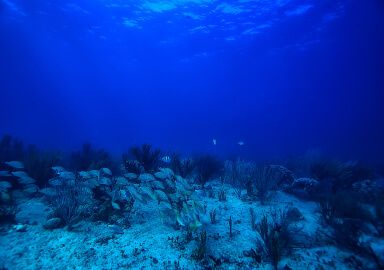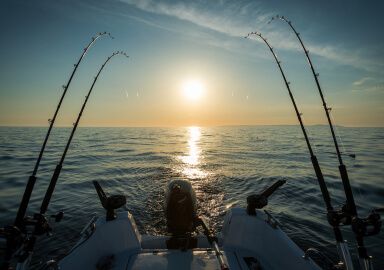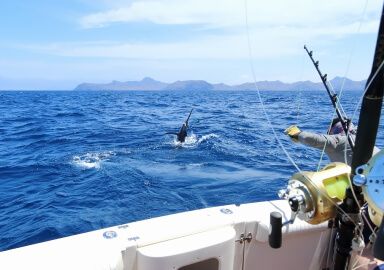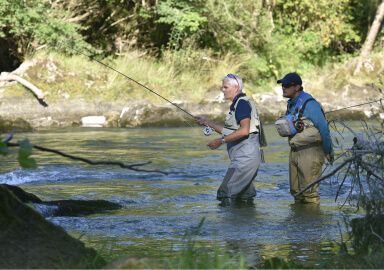Yellowtail Snapper
The yellowtail snapper got its name for a bright yellow line that widens to cover the whole tail fin; it is popular with anglers due to both tasty flesh and a strong fighting spirit.
View 27 listings
27
listings
–
price starting from
8
countries
–
to the nearest trip
Where and When?
Found mostly from Florida through the West Indies and the Caribbean Sea - their distribution extends down the eastern shores of South America to Brazil. They are only found in the western Atlantic Ocean and are generally a warm water species which is occasionally found as far north as Massachusetts in the USA. They are an inshore species but require full marine conditions and may be found from the shallows down to about 180 meters (590 ft.). They are almost always associated with reefs, and most commonly with coral reefs, and the majority of fish are caught in the 10 meter to 70 meter (33 ft. to 330 ft.) depth range. In most of their range they can be caught throughout the year but the fish are usually more active, and catches are generally much better, in the warmer months.
About Yellowtail Snapper
Yellowtail snapper (Oxyurus chrysurus) are the sole representative of a genus within the Lutjanidae, the “typical snapper” family. They have a small mouth and also lack the dark spot below the back of the dorsal fin but, otherwise, are similar to most other snappers. As the name suggests they have a bright yellow line down the middle of the body which broadens out until it covers the whole tail fin. The rest of the body is fairly long and thin and it is olive to black with yellow spots along the flanks. Yellowtail snapper are moderate sized members of the family and only attain a maximum of 86.3 centimeters (34 in.) in length while most fish caught are around 40 centimeters (16 in.). They can reach a maximum mass of almost 5 kilograms (11 lbs.) but most fish seen or caught are considerably below the maximum dimensions. They frequent reef and rocky areas and favour coral reefs where they can be abundant and obvious. They do not undergo significant migrations and spawn from spring to fall with most spawning taking place in mid-summer. Young fish are found around seagrass beds while adults are usually present around reefs or other substantial bottom structure.
How to Catch?
Despite the relative small size of most of the yellowtail snapper caught, they are a prized target for sport anglers. This is due partly to their ability to fight strongly and well, but also because of their tasty, white, flaky flesh. They are not often caught from the shore or piers and a boat is usually necessary to get to where the fish are to be found. Light spinning tackle is the preferred method in most places as the fish are fairly “skittish” and can shy away from heavy equipment and traces. On the other hand, when hooked the fish often have a very strong and sustained initial run and may head for the reef where the line is easily entangled or cut. Yellowtail snapper eat mostly crustaceans and other invertebrates, but will also take small fish. It helps if you can attract fish to the boat and this can easily be done by dangling a bag of ground up bait, fish or other suitable material over the side. Bait may then be carefully cast to sink past the chum bag and be snapped up by cruising fish. Large yellowtail snapper, called “Flags”, are a prime sport fishing target. But it is not easy to land them due to their strength, ability to find cover and the necessity of using fairly light tackle.
Listing Types
Similar Species
 Black Snapper
2 offers
Black Snapper
2 offers
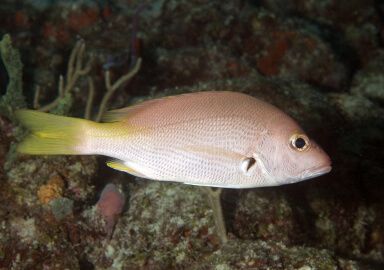 Blackfin Snapper
2 offers
Blackfin Snapper
2 offers
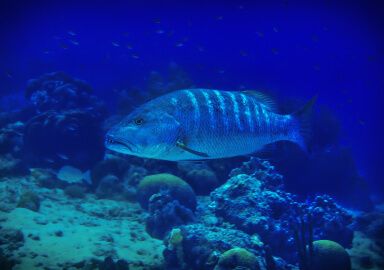 Cubera Snapper
30 offers
Cubera Snapper
30 offers
 Gray Snapper
5 offers
Gray Snapper
5 offers
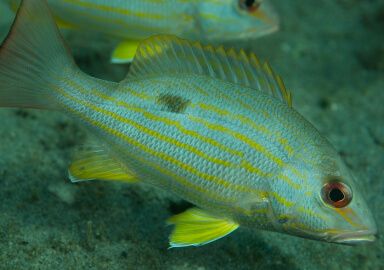 Lane Snapper
15 offers
Lane Snapper
15 offers
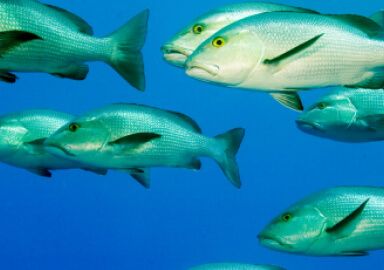 Mangrove Snapper
43 offers
Mangrove Snapper
43 offers
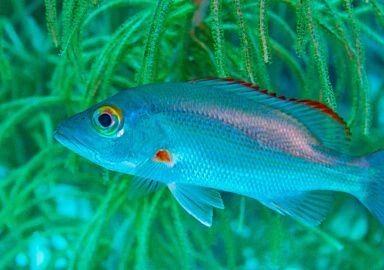 Mohogany Snapper
1 offer
Mohogany Snapper
1 offer
 Mullet Snapper
6 offers
Mullet Snapper
6 offers
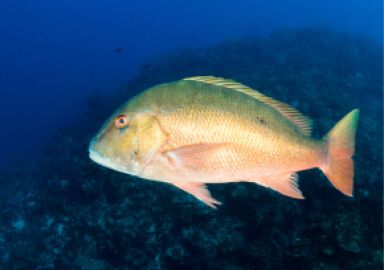 Mutton Snapper
23 offers
Mutton Snapper
23 offers
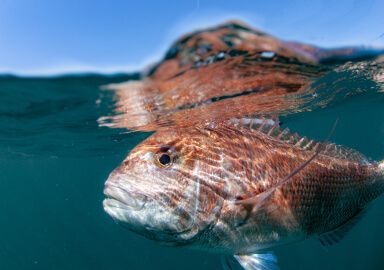 Pink Snapper
2 offers
Pink Snapper
2 offers
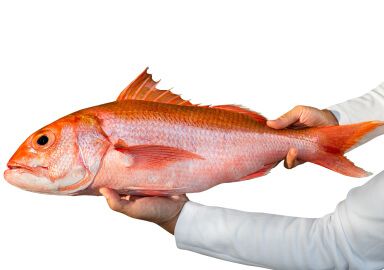 Queen Snapper
6 offers
Queen Snapper
6 offers
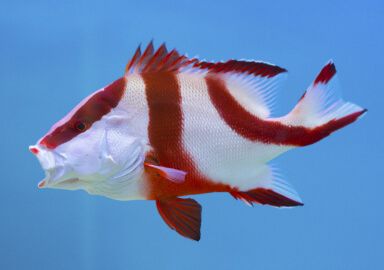 Red Emperor Snapper
7 offers
Red Emperor Snapper
7 offers
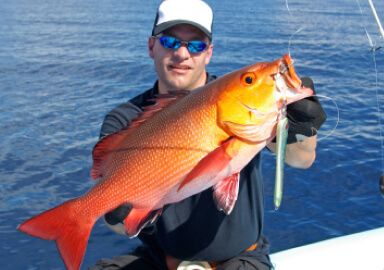 Red Snapper
99 offers
Red Snapper
99 offers
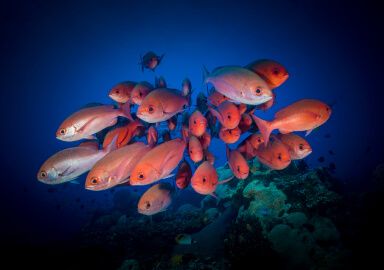 Short-Tail Red Snapper
1 offer
Short-Tail Red Snapper
1 offer
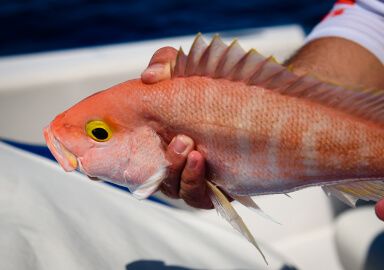 Silk Snapper
3 offers
Silk Snapper
3 offers
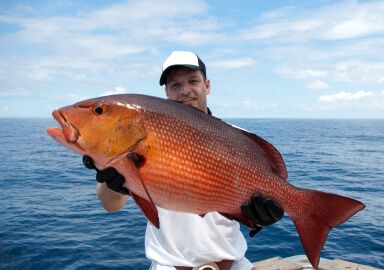 Snapper
275 offers
Snapper
275 offers
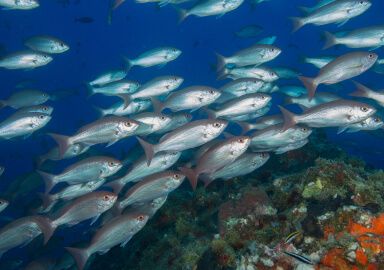 Vermilion Snapper
13 offers
Vermilion Snapper
13 offers



